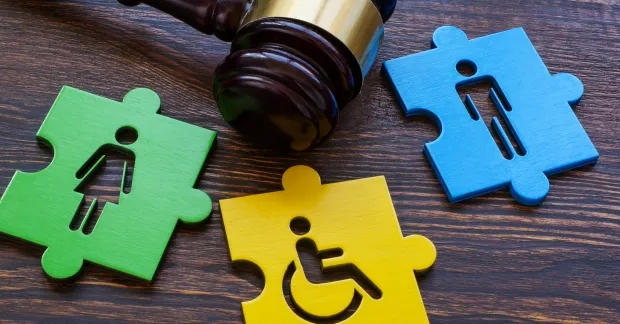
År 2007 var inkomstspridningen i Sverige näst lägst i hela EU. Bara i Slovenien var inkomstskillnaderna mindre. Men sedan dess har spridningen ökat och 2017 hamnade Sverige på plats 20 av EU:s 28 medlemsländer, om man listar länderna från störst till minst spridning. Det visar statistik från statistikmyndigheten Eurostat.
I jämförelsen används ginikoefficienten som kan ge ett värde mellan 0 och 100. Om ett land helt saknar inkomstskillnader blir värdet 0 och om en person har alla inkomster blir värdet 100. Under det senaste decenniet har Sveriges värde ökat från 23,4 till 28. Snittvärdet i EU är 30,7. Störst är inkomstskillnaderna i Bulgarien, Litauen, Lettland och Spanien. Klyftorna är minst i Finland, Tjeckien, Slovenien och Slovakien.
Ginikoefficienten säger ingenting om inkomstnivåerna eller levnadsstandarden i ett land. Det innebär att ett fattigt och ett rikt land kan få samma värde.
Störst inkomstklyftor i världen finns i några av länderna i Afrika och Sydamerika.












